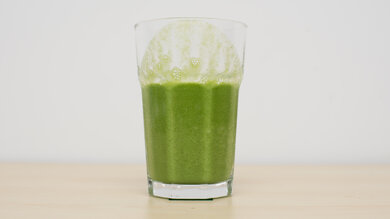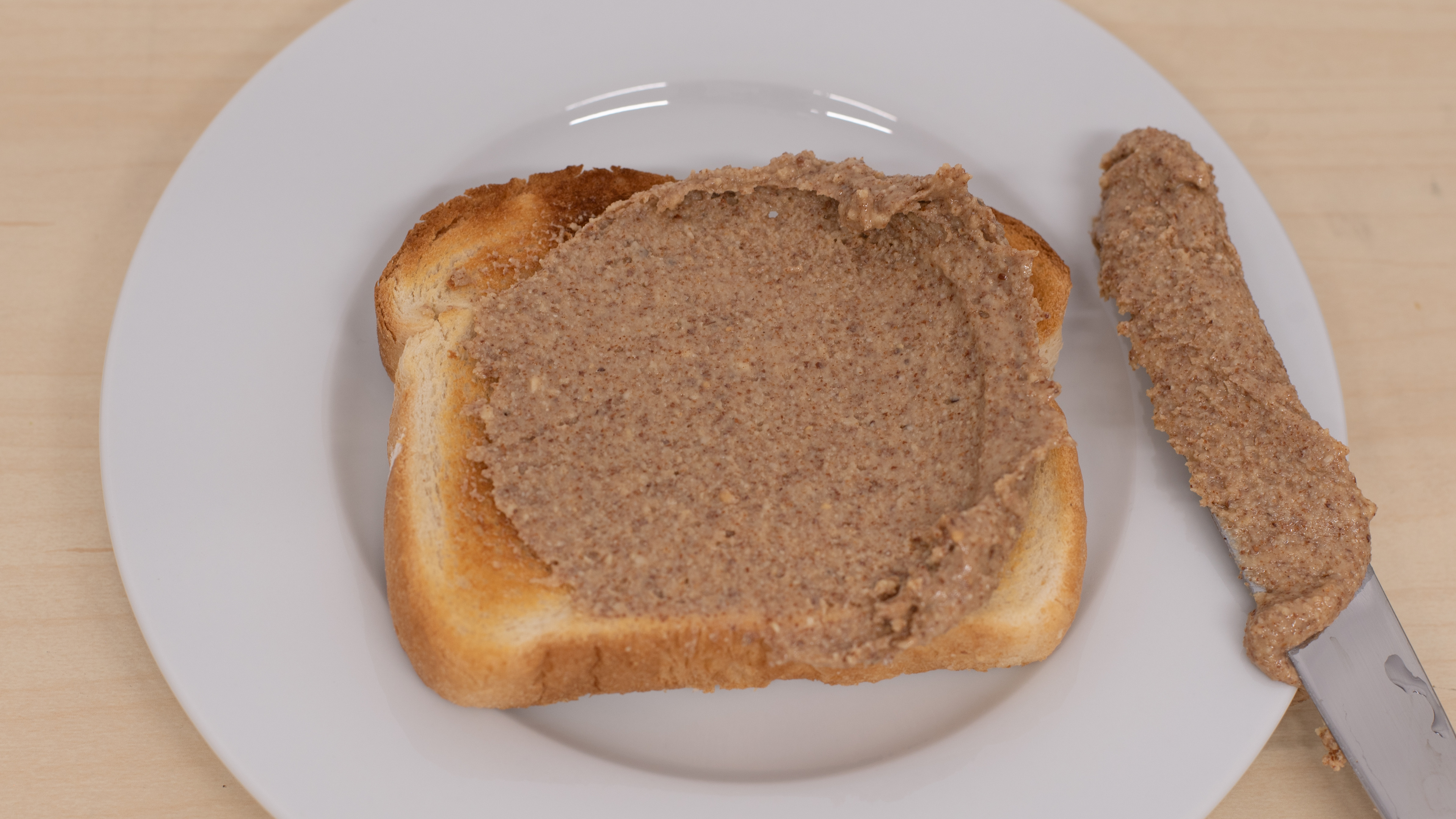- Table of Contents
- Intro
- Comparisons: Vitamix vs. Blendtec
- Comments
Vitamix vs Blendtec Blenders
Bought, Tested, and Compared
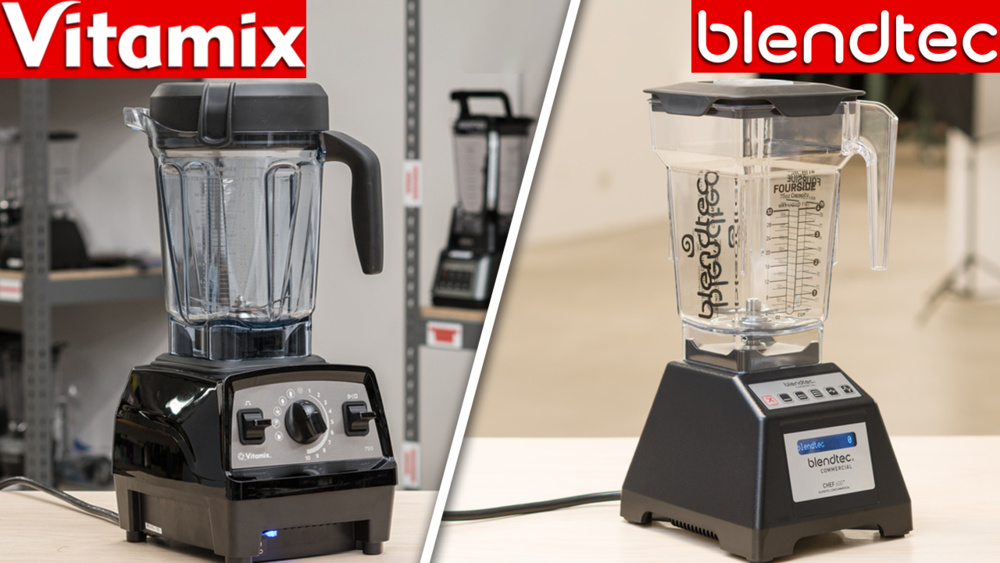
If there’s one burning question in the blender world, it’s Blendtec or Vitamix. In the years since Blendtec got the internet’s attention blending things like phones on YouTube, Vitamix has proven to be the most popular answer. However, that doesn’t mean you should never consider a Blendtec or that you’ll notice a huge difference if you replace yours with a Vitamix tomorrow. While Vitamix is a better option for most people hunting for a high-end blender, both brands have something to offer. For more information about cheaper models, check out our recommendations for the best Vitamix blenders.
Test results
Comparisons: Vitamix vs. Blendtec
Want to know how these brands stack up against each other? Read on!
Build quality
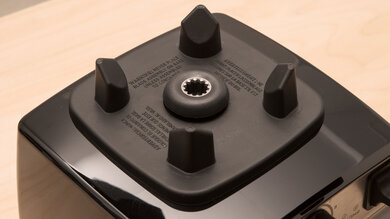 Vitamix blenders are consistently very well-built, including the Vitamix 5300 pictured here.
Vitamix blenders are consistently very well-built, including the Vitamix 5300 pictured here. Some Blendtec models are just as well-built, like the Blendtec Designer 725.
Some Blendtec models are just as well-built, like the Blendtec Designer 725.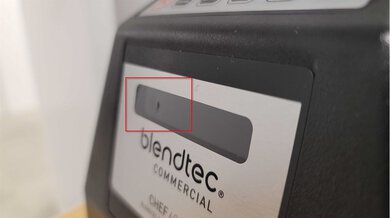
Vitamix models are consistently among the sturdiest blenders. Most of the Blendtec models we've tested have middle-of-the-road build qualities. The plastic used doesn't feel as premium, and there are issues with the controls, like flimsy buttons that don't give much feedback and easily-scratched display screens.
Then again, with Blendtec, it depends on the particular model. For example, the Blendtec Designer 725's, which is part of Blendtec's higher-end residential line, offers a fantastic build quality equal to any Vitamix, with metal gears, metal siding on the motor base, and no flimsy or cheap-feeling parts, including the control panel.
Blendtec offers warranties between 2 and 10 years for their residential machines. That's not bad since one year of coverage is normal for blenders, but Vitamix does a bit better—warranties start at five years for the "entry-level" Explorian line and go up to 10 years for the higher-end Ascent series. Of course, the warranty depends on where you live and buy the blender.
Smoothies and Soups
For pureed soups and sauces and liquid smoothies, Blendtec and Vitamix blenders perform similarly. Our top pick on our best blenders for smoothies list is the Vitamix 5200, which has a narrow jar. It helps it blend smaller quantities more efficiently since it helps keep the ingredients near the blades instead of splashing up the sides. Many Vitamix blenders (like the Vitamix A3500) come with a shorter, somewhat wider jar. Depending on the model, it's just as good for blending small quantities of fibrous ingredients. However, Blendtec's WildSide+ and FourSide jars have a wider, squarish shape and aren't as suitable for small recipes since they tend to cause ingredients to splash up the sides and into the lid.
Here's a comparison of the Vitamix A3500 (left) and Blendtec Classic 575 (right) blending a small batch of fibrous ingredients, like for a single-serve smoothie. Both blenders do a fantastic job, but the ingredients splash further up the sides of the jar in the Blendtec, which results in a few small visible grains leftover—and a not-quite-perfect score for texture.
The following pictures show the final results. The difference is noticeable but not huge, so you'll probably be happy with a single-serve you whip up in the Blendtec Classic 575.
The same difference doesn't exist with bigger quantities. Blendtec models like the Chef 600 and Classic 575 are equal to most Vitamixes for blending stubborn, fibrous elements like kale and broccoli, as long as you're using enough ingredients and enough liquid.
That said, the best Vitamix blenders still have an edge. The Vitamix A3500 and the Blendtec Chef 600 can produce a pretty much perfect pureed broccoli soup, but the Vitamix A3500 has a quicker maximum blending speed and does it faster.
ice crushing
There's no significant difference between Blendtec and Vitamix when it comes to crushing ice, so both brands make blenders that are great for blended margaritas, slushies, or just big batches of snow-like ice for cocktails. The exception is Vitamix models with smaller or narrower jars—like the Vitamix 5200 or Vitamix Explorian E310. The 5200's narrow jar doesn't allow all of the ice cubes to reach the blades as efficiently, so you end up with unprocessed chunks or wet icy patches because you need to blend for longer. However, they produce better results if you work with fewer ice cubes.
Nut butter
The biggest difference you’ll notice is with recipes including hummus, nut butter, and even smoothie bowls with a spoonable or spreadable consistency. Ingredients get pushed into the corners of Blendtec's squarish pitchers, leaving the blades to spin in empty space. Vitamix blender pitchers have a rounder shape and come with tampers, which you can use to help encourage ingredients back toward the blades if they start to build up around the sides of the jar.
The videos below show the process for the Vitamix 5200 (left) and the Blendtec Chef 600 (right).
The best Vitamix blenders for recipes like nut butter have narrow jars (Vitamix 5200) or smaller jars (Vitamix Explorian E310). This design helps avoid ingredients accumulating away from the blades, and you don't have to stop the blender at any point, as long as you use the tamper. The wider 64-ounce Vitamix jar is also great for nut butter, but you may need to stop and stir. Likewise, Blendtec's smaller FourSide jar, like the one included with the Blendtec Chef 600, offers better performance for nut butter compared to bigger WildSide+ jars.
To get around this issue, Blendtec sells a "Twister jar", which has arms inside of it that you can rotate while the blender is running. This allows you to stir the mixture as it blends, which gets around the inconvenience of stopping the machine to remove the lid and stir. We haven't tested a Blendtec that comes with a Twister jar. However, blenders from other brands have similar jars with rotating arms, like the Ninja TWISTi, and the design does make it easy to make nut butter.
Convenience aside, Blendtec blenders struggle to make completely smooth nut butter, which isn't an issue for Vitamix blenders. The result always has visible unprocessed bits left over, even if you run the blender for up to 15 minutes (in the case of the Blendtec Designer 725).
The Blendtec makes crunchy nut butter that isn't unpleasant, but only the Vitamix can produce a smooth result when you want it.
BLENDING SPEED, BLENDING PROGRAMS
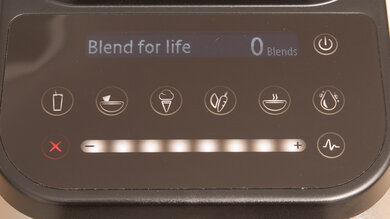 The Blendtec Designer 725
The Blendtec Designer 725 The Vitamix A3500
The Vitamix A3500
Vitamix blenders have speed dials without set increments, which lets you make small adjustments. Blendtec blenders usually have a limited number of speed presets. It might not matter much for the final result, especially for recipes with fibrous ingredients where a fast blending speed is more important, but it allows you to ramp up the speed slowly and avoid over-blending. The Blendtec Designer 725 is an exception since it has a touch-sensitive bar that lets you adjust the speed in the same way as a dial.
Also, a Vitamix blender's lowest speed setting is usually slower than a Blendtec's. That's nice when you want to stir small amounts of ingredients for something like hollandaise sauce without everything splashing up the sides of the jar.
| Blender | Minimum Speed | Maximum Speed |
| Vitamix A3500 | 1400 RPM | 22,800 RPM |
| Vitamix 5200 | 1400 RPM | 22,500 RPM |
| Vitamix Explorian E310 | 1400 RPM | 22,600 RPM |
| Blendtec Designer | 2,600 RPM | 18,000 RPM |
| Blendtec Classic | 4,900 RPM | 22,200 RPM |
| Blendtec Chef 600 | 4,000 RPM | 18,000 RPM |
On the other hand, Blendtec's blenders always include automatic blending programs that stop the blender automatically at the end. Vitamix models have a switch for pulse mode and a speed dial, but many models don't include blending programs, so you have to watch and stop the blender when it's done.
Cleaning
Both Vitamix and Blendtec make easy-to-clean blenders. However, as you can see in the videos below, Blendtec's square-shaped jars (right) are easier to fit your hand into. The blunt blade design reduces the risk of cutting yourself, and they also include or sell specially-designed spatulas that are shaped to make it easier to get every last bit of food out of the jar.
Noise level
Noise level varies from model to model for both brands. However, if finding the quietest blender is a priority, Vitamix’s quietest (and most expensive) options are much less noisy than the quietest Blendtec models.
Below is a comparison of the quietest models we've tested from each brand.
| Blender | Noise score | Noise at maximum speed |
| Vitamix A3300 | 7.2 | 92.7 dB |
| Vitamix A3500 | 7.2 | 92.8 dB |
| Blendtec Designer 725 | 6.6 | 95.3 dB |
| Blendtec Chef 600 | 6.1 | 96.8 dB |
You can hear the difference between the Vitamix A3300 (left) and the Blendtec Designer 725 with the videos below.
Price
Blendtec's cheapest line of blenders, including the Blendtec Classic 575, is usually cheaper than Vitamix's cheaper full-size options, like the Vitamix Explorian E310. It's not a huge price difference (Blendtec is not exactly a budget brand either), and the prices of Blendtec's most expensive 'Professional' blenders match up with Vitamix's most expensive 'Ascent' blenders.
You might appreciate that Blendtec's blenders include automatic blending programs. Lower-end Explorian or 'Legacy' models from Vitamix don't, so if you prefer automatic programs, you need to spend more if you want a Vitamix. However, keep in mind that Vitamix blenders are consistently very well-built, including Explorian models, while with Blendtec, it varies from blender to blender.
Vitamix vs. Blendtec: Which brand should you buy?
Vitamix blenders are generally better built and more versatile, so for most people, Vitamix is a better bet. The brand tops our lists of the best full-size blenders—including the best blenders for smoothies, the best blenders for crushing ice, and the best blenders overall. In particular, Vitamix blenders are much better for people who make a lot of recipes like nut butter or hummus. If you make a variety of different recipes, you'll probably appreciate that Vitamix blenders have a speed dial and come with a tamper.
However, Blendtec is a solid option if you mostly make bigger batches of recipes like smoothies, soups, and sauces since as long as the recipe is liquid enough, they can blend fibrous ingredients just as well as Vitamix blenders. If you hate cleaning your blender and don't mind a worse performance for some recipes, Blendtec's blunt blades are a real advantage for clean-up. You might also consider Blendtec if you want automatic blending programs at a lower price and don't mind giving up some control over the blending speed.
Below is a summary of each brand's strengths and weaknesses. However, remember that performance and features vary between models for both brands.
| Vitamix | Blendtec | |
| Better build quality | X | |
| Single-serve smoothies | X | |
| Smoothly blend big batches of smoothies and soups |
X | X |
| Thick recipes like nut butter | X | |
| Widest range of blending speeds | X | |
| Easier to clean by hand | X | |
| Quieter | X | |
| Cheaper | X |
